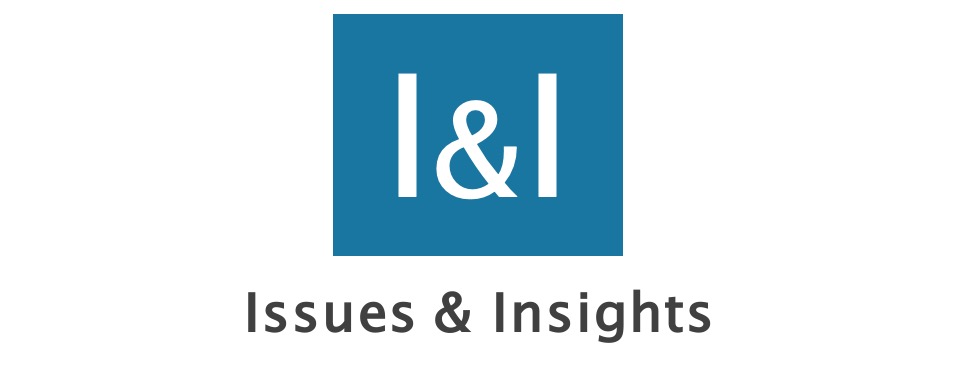For decades we’ve heard that China will some day, very soon, be the world’s hegemon, both through its stunning economic growth and its rising military might. Move over, America, here comes China. Just as the 1900s were the “American Century,” the 2000s would be the “China Century.” Not so fast.
Google “The China Century” and you get 1 billion hits. It’s that ingrained as an economic truism.
But in recent years, China has entered a kind of doom loop of debt accumulation, population shrinkage and a productivity slowdown that is eroding its once powerful economic growth and threatens to halt many of the economic advances it made over the last 50 years.
We’ve watched as decades of 10% annual GDP growth, a result of Deng Xiaoping’s 1979 market-oriented reforms, began dropping sharply under Chairman Xi Jinping, China’s born-again Communist leader. The nation’s traditional growth engines of soaring government debt, consumer spending, and foreign investment are now sputtering.
There are two big reasons for this.
One, is China’s single-child policy. Soon the nation of 1.4 billion will shrink outright. Economic growth usually follows population growth.
Two, the return to communist principles under Xi, whose totalitarian policies and crackdowns on dissent and human rights since 2012 have led to an exodus of foreign investment and know-how, and created a stagnant domestic economy.
“For decades,” as the Wall Street Journal wrote this week, “China powered its economy by investing in factories, skyscrapers and roads. The model sparked an extraordinary period of growth that lifted China out of poverty and turned it into a global giant whose export prowess washed across the globe.
“Now the model is broken.”
But the model didn’t just break. It’s been breaking for years.
As I&I wrote in 2019, it was pretty clear nearly a decade ago that something was amiss in China and fears that Beijing would soon be the master of the universe were, well, overblown.
Our headline then was “Is China’s 40-Year Boom Coming To An End?”
The headline on the Wall Street Journal’s piece this week, quoted above, sounded eerily similar to ours (and no, we don’t think they were plagiarizing): “China’s 40-Year Boom Is Over. What Comes Next?”
As we wrote even further back in 2014 when the world was still full of China triumphalism: “Not only has China not passed the U.S., but it’s quite possible it never will. China’s population growth is heading for a dramatic Japan-style collapse, which will slash economic growth … in coming years. Growth has already slowed from 10% a year in the 1990s and 2000s to 7% — and it’s likely to fall further from there.”
All true.
Today, in inflation adjusted dollars, the average Chinese worker produces roughly $11,759 in goods and services. That’s less than one-fifth the $62,912 produced on average by each American worker, according to U.S. government data. Can it catch up? Only if it returns to free-market principles.
The slowdown is made all the worse by the country’s debt spiraling out of control. At $52 trillion, China’s debt now equals 295% of GDP, “the highest debt-to-GDP ratio in data going back to 1995,” according to a recent Nikkei Asia news report. Beijing is issuing debt to prop up the economy’s unprofitable zombie sectors.
And that debt doesn’t include $9 trillion in “off the books” bad loans made by local governments.
Because banks are state-funded and state-owned, government sets interest rates and decides who gets loans. Essentially, the government subsidizes low-interest loans for state-owned businesses run by cronies. Not surprisingly, an “unknown number of projects” aren’t profitable and the loans backing them are now worthless. That includes the once high-flying real estate sector, which is collapsing.
It’s one thing to take on so much debt when you’re growing 10% a year, quite another when your economy grows 5%, which is the edge of recession for a country holding more than $60 trillion in debt. In the past, economists have estimated that China has to grow its economy by 5% to 6% a year just to pay its debts. Anything less is, essentially, a recession.
All this, coupled with sudden deflation in consumer and producer prices, a plunge in the yuan (China’s currency) against the dollar, a record 87% collapse in foreign investment as global companies flee China’s socialist economic controls, and record 21% youth unemployment, are adding to growing social pressures.
China’s slowdown is now a major global problem. Will it go into a deep recession, dragging down the rest of the world? Will angry Chinese, born since Deng’s reforms began, rebel? Or will China use its dramatic military expansion to push for a war of conquest in Asia, embroiling the U.S. and Europe?
As for the U.S., of equal or greater concern should be that the Democratic Party’s far left appears to have embraced China’s model. It’s now traveling down the same mistaken path of soaring debt, out-of-control spending, increased regulation, and restrictions on personal freedoms.
We agree with Reason’s recent spot-on take:
“More attention should be paid to the weaknesses in China’s economic model, which are becoming more difficult to ignore on both sides of the Pacific. China’s leaders have bet heavily on the misguided notion that government-directed investment is the key to greater economic growth. American officials should be in no rush to follow Xi down a path that requires curtailing liberty to chase a little temporary stimulus.”
The “China Century” is truly over. It was buried by China’s return to socialist principles. Let’s not make the same mistake here.
— Written by the I&I Editorial Board





 Using these vague “policy violations,” Google is now threatening to demonetize us. It’s part of Big Tech’s effort to silence conservative voices.
Using these vague “policy violations,” Google is now threatening to demonetize us. It’s part of Big Tech’s effort to silence conservative voices.